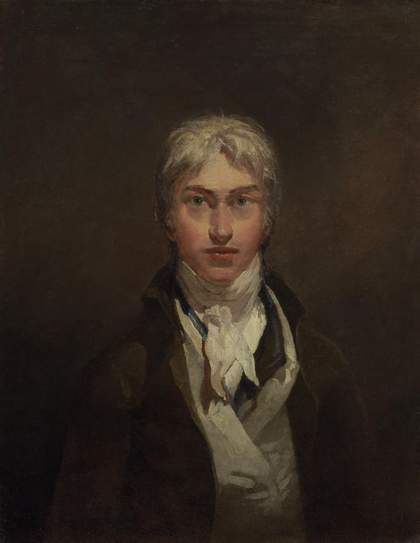The exhibition is divided into two parts.
The first part, consisting of oil paintings, a small selection of drawings and watercolours (including those by Turner), most of the sculpture and a group of theatre designs, toys and ‘novelties’ of the period, is shown at the Tate Gallery.
The second part, containing nearly 300 drawings and watercolours, a few works of sculpture and a selection of manuscripts, books and bookbindings, is shown at the Arts Council Gallery.
The works at the Tate Gallery have been arranged to show the various ideas and themes which supplied the Romantic artists with their subject matter: interests in light, pastoral subjects and in sentimental moods described generally as ‘feeling’. Next comes the Romantic discovery of the sublime, illustrated by mountain landscapes and by scenes of horror, death and the supernatural, together with the revival of religious art.
The exhibition continues with examples of the cult of the hero and the revival of the national past and of the classical and legendary past and the romantic interpretation of the poets.
Romantic ideas spread through the whole of Europe and expressed themselves in wars of independence, in a new poetic language and in the rebirth of folk music. But they found their earliest and fullest expression in those countries where the idea of liberty and the philosophy of nature first established themselves. France, Germany and England can all contend for priority. No doubt Rousseau was the first Romantic, and Goethe’s Faust remains the greatest work of Romantic literature.
Kenneth Clark

